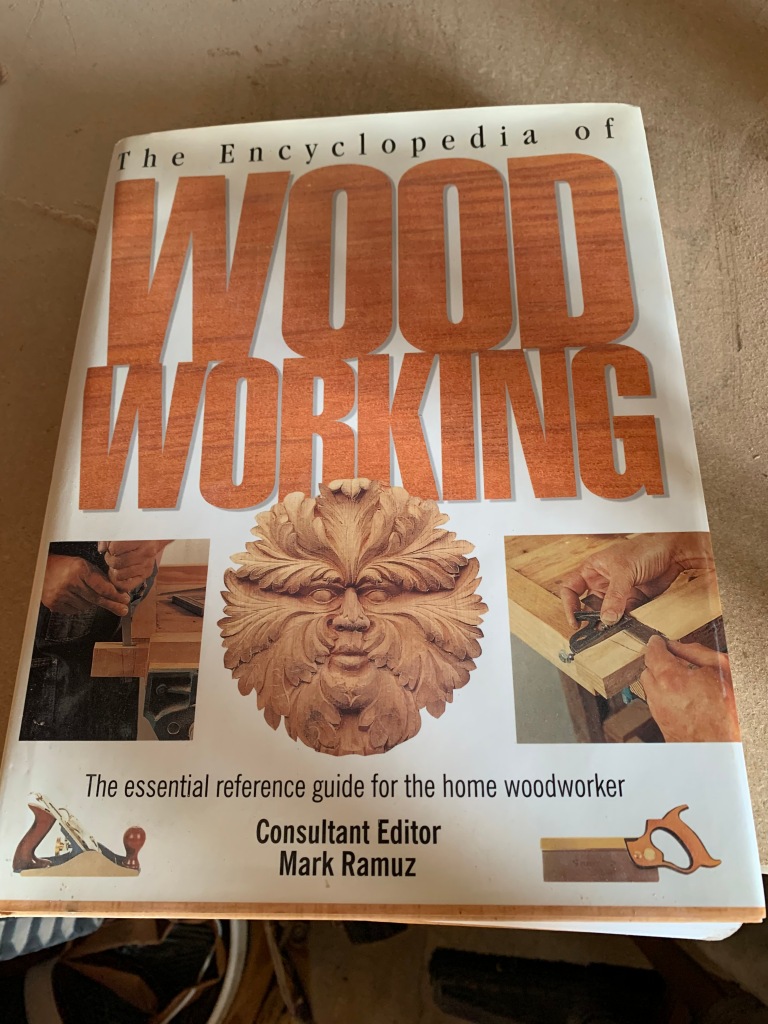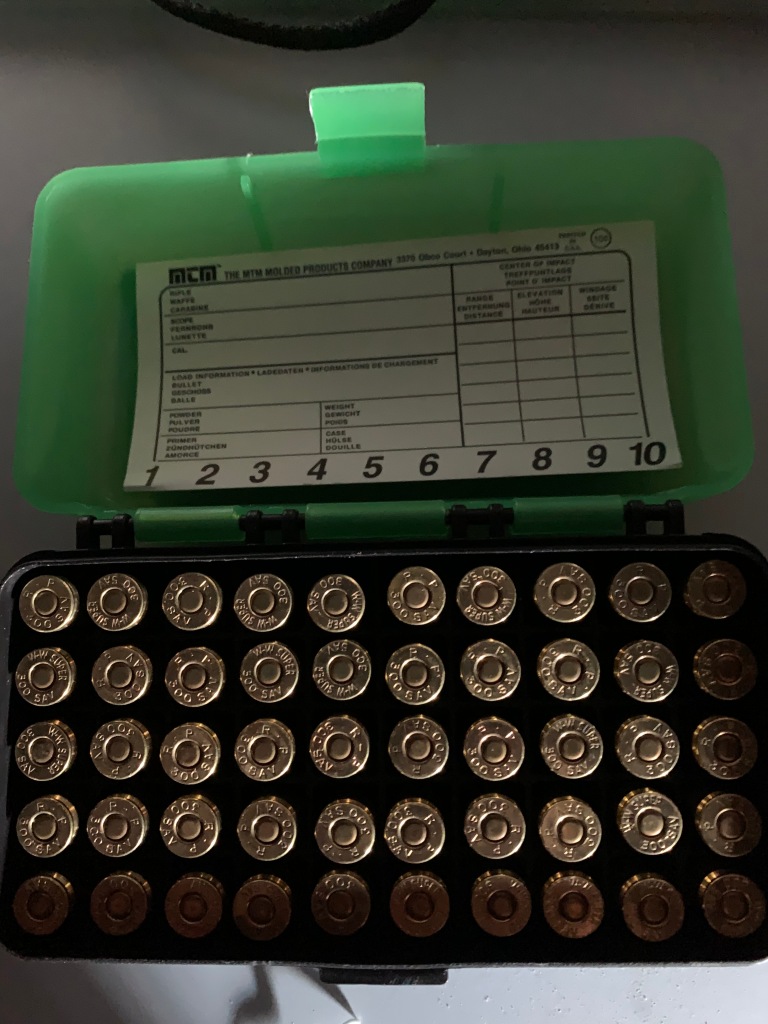There are so many more fun things to write about, but it starts with staying alive. I am going to quote someone, I am going to credit Frank Sharpe Jr on the The Survival Podcast. “Don’t do stupid things, with stupid people at stupid places.” Last night I watched this video in horror at all of these principles violated.
Don’t watch this video all the way through if you don’t want to see the real results of getting shot. I would say stop watching when the shooting starts.
I am not going to go into politics, nor am I going to pick a side here. I bet you can guess how I feel, however I see a clear cut case of both side being wrong. Don’t be here!
Don’t antagonize a group of people carrying rifles, don’t carry a rifle down to a mass protest. Nothing good can come from this. Even if this was your property, is it really worth the potential legal issues from defending it? Is it worth your life? Is is worth perpetuating a situation where neither side feels there is an equitable ending? Who are we going to convince a change in attitude or opinion from engaging here?
I did some quick research, Kenosha is a city that is about 100,000 people. It is close to both Milwaukee WI and Chicago IL. Based on those demographics, it seems like it could be nearly Anytown USA. It would considered a mid-sized town, or a suburb of a major city, or a midwestern town or a blue collar town, or port town or whatever descriptor that fit most towns in the US. It’s in a blue state or is it a red state? Therefore, this is your town.
It was Tom Gresham that said, “If you bring a gun to a fight, it is now a gun fight” whether the other person has a gun or not. I am all for self defense and if necessary, using force to protect yourself. This seems like a case of antagonism and itchy fingers. Since we cannot see the entire context from the video, those facts will have to be sorted out in court. It does appear that the second guy shot was in self defense, but be it as it may this kid is likely in serious trouble. Not to mention, two people are dead – probably because they acted like jerks – but one transgression does not beget another.
I think that I have been clear on my views about freedom and rights. I support the right to have an opinion different than my own. I support the right to be in the minority or to even be wrong. There have been daily protest in my town for months. Even though I think their opinion is wrong, I support the ability to peacefully assemble and express their views. This activity is causing a clear division between people, but it only happens when you engage at their level.
I want to go back to where I started, don’t be here. Don’t bring a rifle to stop a riot, leave when a protest becomes destructive. When you are confrontational to an armed person, you can have Kent State or Kenosha. You don’t want to be the shooter or be shot.











Recent Comments